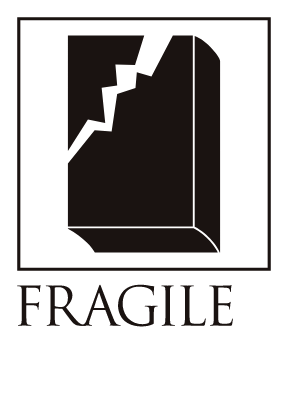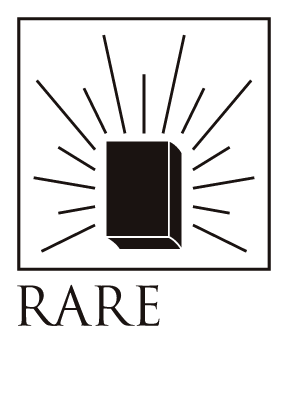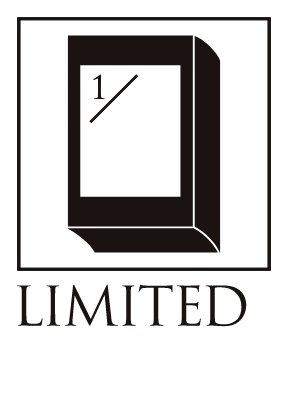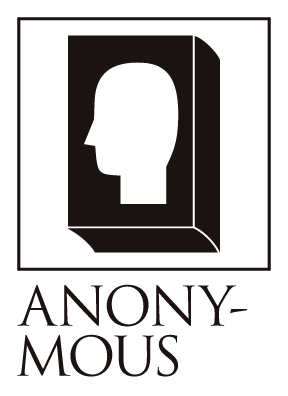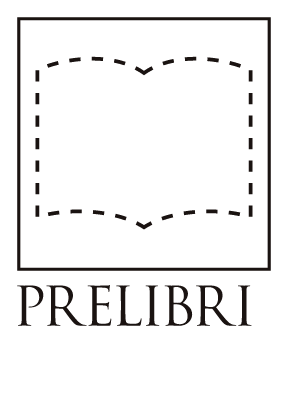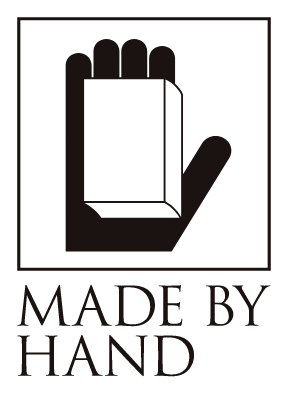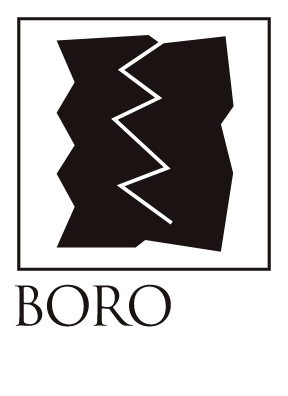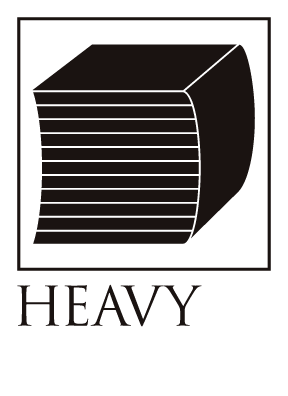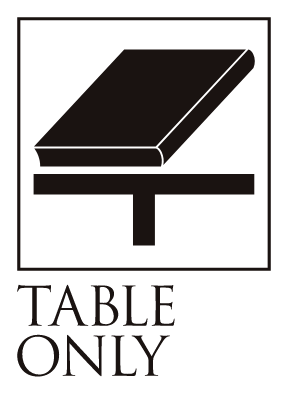Senpuku-ji Yakekyo
Bibliographic Details
- Title
- Senpuku-ji Yakekyo / 泉福寺焼経(華厳経七行断簡)
- Author
- Anonymous / アノニマス
- Images
- A fragmentary leaf of seven lines from Kegon Sutra / 華厳経七行断簡
- Year
- Heian Period / 平安時代
- Size
- h195 × w128mm
- Language
- Japanese / 日本語
- Binding
- One print with simple mount / 台貼未装
- Printing
- Handwritten sutras / 写経
- Materials
- Indigo-dyed paper with gold boundary and gold foil / 藍紙金界金箔散料紙
- Edition
- Unique / 一点物
- Condition
- Well preserved for 1000 years / 1000年間の保存状態
burned sutra of Sempukuji Temple
Gold leaf on indigo paper,
The remains of what remained of the burnt remains.
Heian period
This elegant copy of a sutra, sprinkled with gold leaf on pale green paper, is widely known as the "Senpukuji Yakikyo."The copy held by the Nara National Museum has "Permanent custody of Senpuku-ji Temple" stamped in red ink on the beginning of the book, and it is thought to have been handed down to Senpuku-ji Temple, which was originally located in Kawachi Province, but this is not known for certain.
The gentle Japanese style handwriting unique to the Heian period is displayed, and the scattered gold leaf and gold borders stand out against the light green paper, and the horrific damage caused by the fire ironically creates a beautiful harmony. It is almost always included in famous tekagami (a type of album that contains ancient calligraphy and sutra cuttings), and it has been cherished as a representative relic of decorated sutras. Many customers who come to our store looking for ancient sutra copies say, "I want the Senpukuji Yakikyoto first!" and it is a masterpiece that has been loved for many years by fans of ancient sutra copies and Buddhist art.
The fragment we will introduce this time is a passage from the Vairocana Chapter in the third volume of the Avatamsaka Sutra.
When we hear "Rushanabutsu," the first thing that comes to mind is the Great Buddha of Todaiji Temple. Todaiji Temple is the head temple of the Kegon sect of Buddhism, and has attracted a wide range of believers up to the present day, and has had a great influence on Japanese culture. The Great Buddha (Rushanabutsu) is the symbol of Todaiji Temple and is widely known not only in Japan but also around the world.
The second and sixth lines contain the word "Vairocana," which seems to be a description of Vairocana Buddha. The content seems to be something like "Vairocana Buddha always preaches the law for all things," and "Vairocana Buddha, covered with various precious flowers, shows himself to people everywhere." It preaches about the Buddha as an absolute being who transcends time and space.
The fragment in question is studded with gold leaf, giving it an elegant impression. The top and bottom have been scorched mercilessly, turning a dark brown, while the center turns a light brown, creating a stunning gradation. The mixture of the original light green, the gold lines, and the black of the sutra text makes it seem like a painting that is also reminiscent of modern art. It would look natural even if displayed in a modern space, and would enrich your everyday life.
Since Buddhism was introduced to Japan during the Nara period, copying sutras was undertaken nationwide, and in the Heian period, a more gentle, Japanese style of calligraphy was adopted and highly decorative copies of sutras were produced. Looking at the Sempukuji Yakikyoto sutras, it seems as if they represent the spirituality of the Heian people, overflowing with the joy of expressing their own aesthetic sense.
Text by Osamu Hasegi (Choondo)
